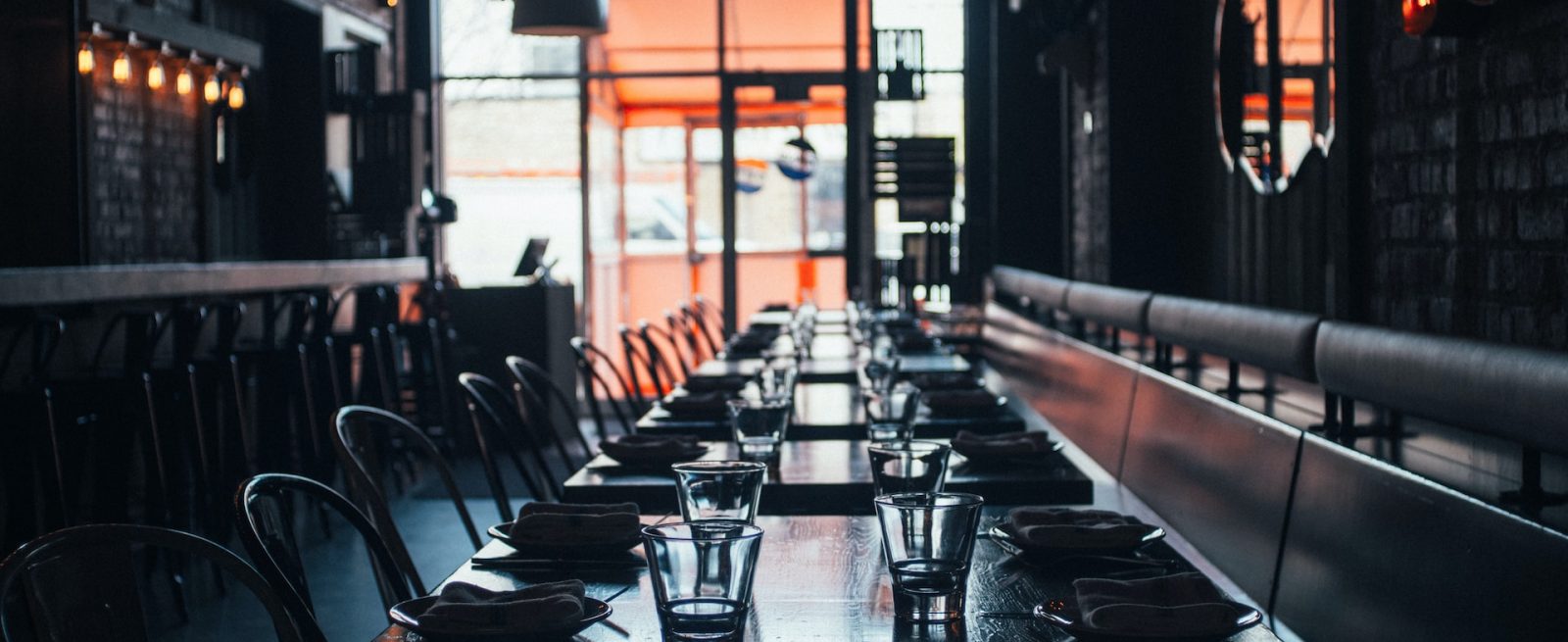Resurrect Your Dead Times and Fill Seats with Marketing Innovations
8 Min Read By Stephen Gould
Dead times are a hit to your wallet as a business owner as empty seats represent wasted capital investment. Now, you can resurrect your dead times and build a new stream of revenue through innovative technology providing messaging that appeals directly to each consumer on a personal level. Seeing empty seats in your restaurant is disheartening, but the impact goes beyond just losing money. It leads to various challenges, like using resources inefficiently or the fear of being perceived as unpopular. It also makes it difficult to cover fixed costs, which has become even worse due to struggles with inflation, supply chain disruptions and staffing shortages following the pandemic. As a result, a staggering 61 percent of restaurants end up failing within their first year (Ohio State).
However, there’s an opportunity to turn slow nights into "grow" nights and counter declining revenue by changing customer behavior. Although it might seem challenging, thanks to modern technology…
Sorry, You've Reached Your Article Limit.
Register for free with our site to get unlimited articles.
Already registered? Sign in!


